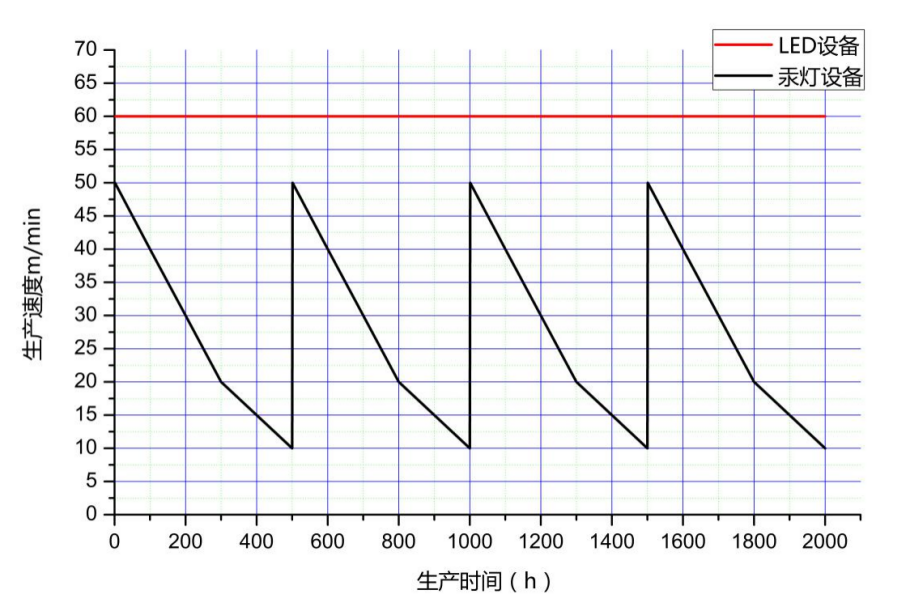Cable Crosslinking Tools for Enhanced Performance and Durability in Electrical Systems
The Importance of Cable Crosslinking Equipment in Modern Industries
In today’s technological landscape, the demand for high-performance cables has surged across various industries, including telecommunications, electrical engineering, and automotive. One of the critical processes that enhance the performance and durability of these cables is crosslinking. Cable crosslinking equipment plays a vital role in this process by ensuring that the insulation materials used in cables can withstand extreme conditions and have a longer lifespan.
Cable crosslinking refers to the chemical process by which polymer chains in insulation materials are interconnected through chemical or physical means. This crosslinking process significantly enhances the properties of the cables, making them more resistant to temperature fluctuations, moisture, and mechanical stress. As a result, crosslinked cables are known for their superior dielectric strength and improved thermal resistance, allowing them to perform well in demanding environments.
There are several methods of cable crosslinking, including irradiation, chemical crosslinking, and heat-assisted thermal processes. Each method has its advantages and is selected based on specific application requirements. For instance, irradiation crosslinking involves exposing the cables to high-energy radiation, which effectively induces crosslinking in polymers. This method is particularly suited for applications in high-voltage environments, where insulation integrity is paramount.
On the other hand, chemical crosslinking typically utilizes additives such as peroxides that promote the crosslinking reaction when heated. This method is often preferred for its efficiency and the ability to control the degree of crosslinking based on the mix of materials and processing conditions. Heat-assisted thermal processes combine heat and mechanical pressure to induce crosslinking, making it suitable for various types of thermoplastic elastomers.
cable crosslinking equipment

The selection of suitable cable crosslinking equipment is crucial for achieving optimal results. Advanced machinery designed for crosslinking includes irradiators, chemical reactors, and extrusion lines. These machines must be capable of maintaining precise temperature and pressure conditions to ensure the consistency and effectiveness of the crosslinking process. Many modern crosslinking systems are equipped with automated controls and monitoring systems, which help maintain optimal process parameters and minimize human error.
Furthermore, the integration of Industry 4.0 technologies into cable crosslinking equipment is transforming the manufacturing landscape. With the ability to collect real-time data and facilitate predictive maintenance, manufacturers can improve efficiency and reduce downtime. Automated systems can monitor the quality of the crosslinking process, ensuring that every batch of cables meets stringent industry standards.
As industries continue to prioritize sustainability, the cable manufacturing sector has responded by developing eco-friendly crosslinking methods and materials. Innovations such as using bio-based or recyclable polymers are gaining traction, leading to a reduced environmental impact. The demand for sustainable cable solutions is prompting manufacturers to invest in new technologies and processes, further emphasizing the need for advanced cable crosslinking equipment.
In conclusion, cable crosslinking equipment is essential in producing high-quality, durable cables that meet the increasing demands of modern applications. As technology advances, the crosslinking process is becoming more efficient, sustainable, and capable of meeting the rigorous performance standards of today’s industries. Investing in the right crosslinking equipment not only enhances product quality but also positions manufacturers to capitalize on emerging trends and maintain a competitive edge in the market. As we move forward, the role of cable crosslinking equipment will only become more significant in sustaining and powering the technological advancements of tomorrow.
-
Why the Conductor Resistance Constant Temperature Measurement Machine Redefines Precision
NewsJun.20,2025
-
Reliable Testing Starts Here: Why the High Insulation Resistance Measuring Instrument Is a Must-Have
NewsJun.20,2025
-
Flexible Cable Flexing Test Equipment: The Precision Standard for Cable Durability and Performance Testing
NewsJun.20,2025
-
Digital Measurement Projector: Precision Visualization for Modern Manufacturing
NewsJun.20,2025
-
Computer Control Electronic Tensile Tester: Precision and Power for the Modern Metal Industry
NewsJun.20,2025
-
Cable Spark Tester: Your Ultimate Insulation Assurance for Wire and Cable Testing
NewsJun.20,2025
 Copyright © 2025 Hebei Fangyuan Instrument & Equipment Co.,Ltd. All Rights Reserved. Sitemap | Privacy Policy
Copyright © 2025 Hebei Fangyuan Instrument & Equipment Co.,Ltd. All Rights Reserved. Sitemap | Privacy Policy
